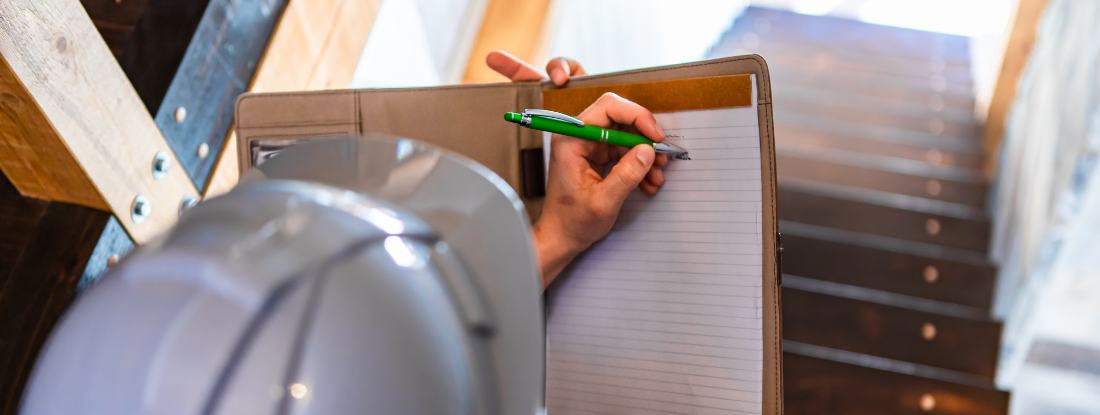Efficient Post Mold Remediation Cleaning Protocols
Wiki Article
Your Ultimate Guide to Post Mold And Mildew Removal Techniques
Browsing the world of post-mold removal methods is a meticulous process that requires attention to detail and a detailed understanding of the ins and outs entailed. In the results of mold and mildew problem, knowing exactly how to efficiently eliminate the mold and mildew and prevent its reoccurrence is extremely important for keeping a healthy and balanced indoor environment. From selecting the appropriate cleaning and sanitizing methods to carrying out methods for long-term mold and mildew prevention, each action in the removal journey plays an important role in ensuring an effective outcome. As we start this expedition of post-mold removal techniques, we will uncover the essential strategies and best practices that can assist you restore your room to its pre-mold problem and safeguard it against future mold and mildew dangers.Understanding Post-Mold Remediation Process
After completing the mold removal process, it is vital to recognize the post-mold removal strategies that are required to ensure a extensive and effective cleaning. As soon as the mold has actually been removed, the next action includes cleaning and sanitizing the influenced areas to protect against any type of regrowth of mold. This includes using specialized cleaning representatives to wipe down surface areas and kill any staying mold spores. It is necessary to dry out the location totally to inhibit the growth of mold in the future (what to do after mold remediation). Proper air flow and dehumidification can assist in this process.
Moreover, carrying out a final inspection post-remediation is important to make certain that all mold and mildew has been effectively eradicated. This assessment ought to include an extensive visual check along with possibly air sampling to verify the lack of mold and mildew spores in the air. Extra removal may be necessary if the assessment reveals any kind of remaining mold. Educating residents on preventative procedures such as controlling dampness degrees and immediately resolving any water leakages can assist maintain a mold-free environment.
Efficient Cleaning and Disinfecting Techniques

Preventing Future Mold And Mildew Development

Importance of Proper Ventilation
Correct ventilation plays a critical duty in stopping wetness build-up, a crucial element in mold development within interior settings. Effective ventilation systems assist remove excess humidity from the air, lowering the chances of mold spores finding the moisture they require to sprout and spread. Without adequate ventilation, indoor areas can become a breeding place for mold, resulting in prospective wellness risks and structural damages.By making sure correct air flow, air flow systems can additionally help in drying out wet locations faster after water damages or flooding cases, additionally preventing mold growth. what to do after mold remediation. Precede like shower rooms, basements, attics, and kitchens where Post remediation mold testing near me wetness degrees tend to be higher, installing and keeping effective air flow systems is crucial in preventing mold infestations

Monitoring and Maintenance Tips
Provided the critical duty that proper air flow plays in preventing mold development, it is critical to establish reliable tracking and upkeep tips to guarantee the continued performance of air flow systems. Normal assessments of air flow systems need to be carried out to look for any type of indicators of obstructions, leakages, or breakdowns that can impede appropriate air flow. Monitoring moisture levels within the building is likewise vital, as high humidity can add to mold growth. Mounting a hygrometer can aid track humidity degrees and sharp house owners to any spikes that might call for attention. In addition, making certain that air filters are on a regular basis cleansed or replaced is crucial for keeping the effectiveness of the ventilation system. Implementing a routine for routine maintenance tasks, such as air duct cleansing and heating and cooling system inspections, can aid prevent concerns before they escalate. By remaining aggressive and attentive to the condition of ventilation systems, residential or commercial property owners can properly reduce the threat of mold and mildew regrowth and maintain a healthy and balanced interior setting.
Final Thought
Finally, post-mold removal methods are crucial for making certain a risk-free and tidy environment. Recognizing the procedure, executing reliable cleansing and decontaminating approaches, preventing future mold growth, maintaining correct ventilation, and regular surveillance are all essential action in the removal process. By adhering to these standards, you can effectively remove mold and mildew and avoid its return, promoting a healthy living or functioning space for all passengers.In the consequences of mold infestation, knowing how to effectively remove the mold and avoid its reoccurrence is paramount for keeping a healthy and balanced interior setting. Once the mold and mildew has been gotten rid of, the following action includes cleaning and disinfecting the influenced locations to prevent any kind of regrowth of mold and mildew - After mold remediation. After eliminating noticeable mold and mildew growth, it is critical to clean up all surfaces in the damaged location to remove any type of continuing to be mold spores. To additionally improve mold and mildew avoidance measures, it is important to address underlying problems that originally led to mold growth.Given the vital role that proper air flow plays in preventing mold growth, it is imperative to develop effective monitoring and upkeep suggestions to make certain the continued functionality of air flow systems
Report this wiki page